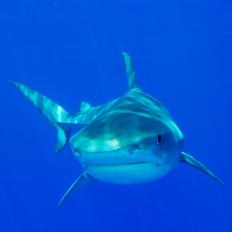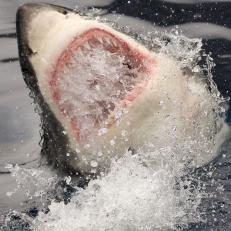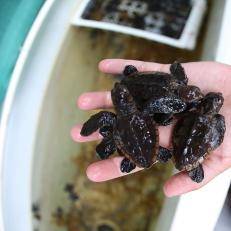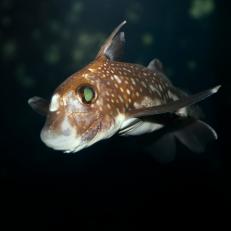Sharks and their Interspecies Friendships
Symbiotic relationships form all across the animal world, sometimes with the most unexpected pairs! In contrast to their reputation, certain sharks actually seek out social interaction. Learn more about sharks and the peaceful relationships they form with other fish in the sea.
SHARK WEEK starts July 11 on Discovery, and is streaming now on discovery+.
July 08, 2021
By:
Tatum Lenberg
Shop This Look
Remora Fish
Remora are a tiny type of fish that measures one to three feet long. Their front dorsal fin sits like a suction cup at the top of their heads, allowing themselves to attach to a passing shark. The remora fish usually attach to the shark’s underbelly and eat scraps of prey dropped by the shark. They benefit the shark by eating parasites on the shark’s skin and mouth that would otherwise irritate and harm the shark. The sharks protect the remora fish from predators and give them free transportation across the ocean. Sharks seem to understand the benefits of “befriending” remoras, and have been observed slowing down to allow remoras to suction to them.










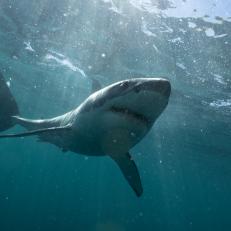
.jpg.rend.hgtvcom.231.231.suffix/1658256079221.jpeg)
